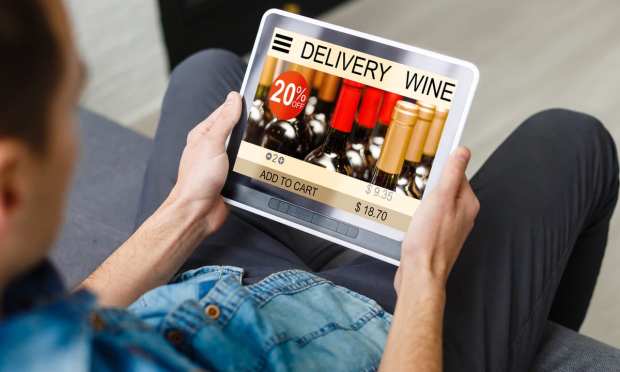Alcohol Gets A Buzz From The ‘Bring It To Me’ Economy

Amid the pandemic, to paraphrase an old Eagles tune: Some drink to remember; some drink to forget.
But, as the data tell us — we drink, if not the same amount, then maybe a bit more. And the way we get our spirits is through digital channels, more often than before.
Small wonder, then, that we’ve been demanding Dewar’s door to door, so to speak, and merchants have been pivoting to meet that demand.
As reported this week, merchants (among them restaurants and retailers) will be able to offer their end customers alcohol delivery, through Square’s on-demand delivery segment. In terms of mechanics, the orders will be fulfilled through the delivery aggregators such as DoorDash which, according to the announcement, will verify recipients’ ages on delivery.
The Square announcement follows, of course, the Uber deal this year to buy Drizly for $1.1 billion. We may get some commentary on the call about the deal, which is slated to close in the first half of the year. The move represents a broadening, in a sense of the Uber app, and utilizes its driver base and cross-selling functionality of its app. We would surmise that the folks who’ve gained familiarity with Uber Eats might be a natural fit for using the Drizly app once it becomes part of the Uber pantheon. Drizly, for its part, has seen its gross bookings grow by more than 300 percent through the past year.
The move toward alcohol-on-demand, not as part of going to the store, is proof positive of the “bring it to me” economy gaining steam across all product categories.
We noted earlier in the week that convenience stores and retail giants such as Walgreens are jumping more fully onto the “bring it to me” bandwagon.
Greenfield Opportunity
But for alcohol, in particular, the bring it to me model is a greenfield opportunity.
Though our recent studies suggest that a bit less than a quarter of those surveyed actually increased their alcohol intake during the pandemic, and roughly 49 percent stayed the same, how we get the alcohol has changed.
Roughly 48 percent buy alcohol online to be delivered at a later date more than they used to; roughly the same tally said they did so to have delivery the same day. The pandemic, and store shuttering, have a lot to do with that. As many as 41 percent of respondents said they were buying alcohol less frequently in establishments such as restaurants or bars or stores. Roughly 27 percent of millennials and 24 percent of bridge millennials said they were buying alcohol online and having it delivered the same day — indicating the younger, more tech-savvy consumers are pre-disposed to doing it this way, but there is significant room for growth.
